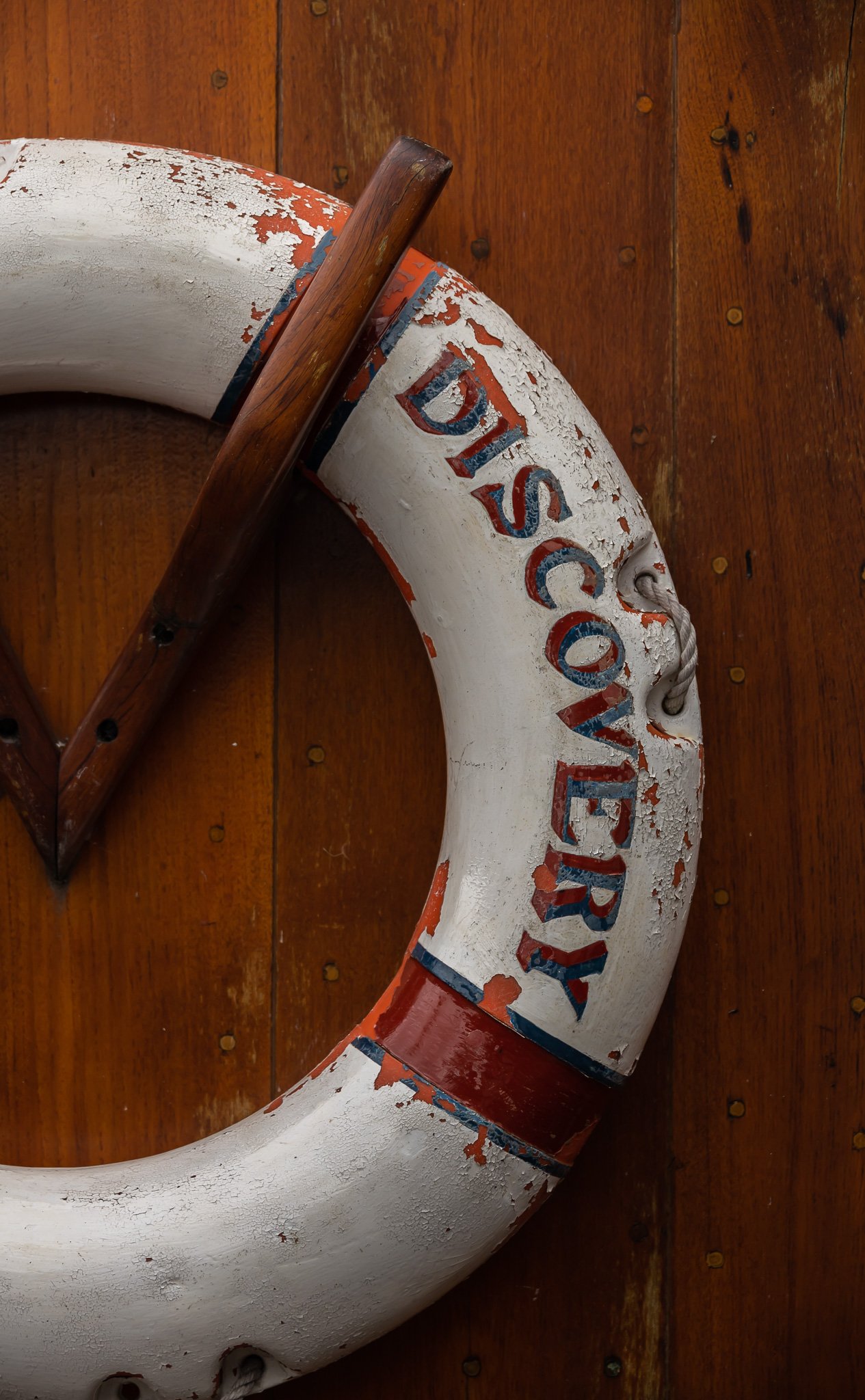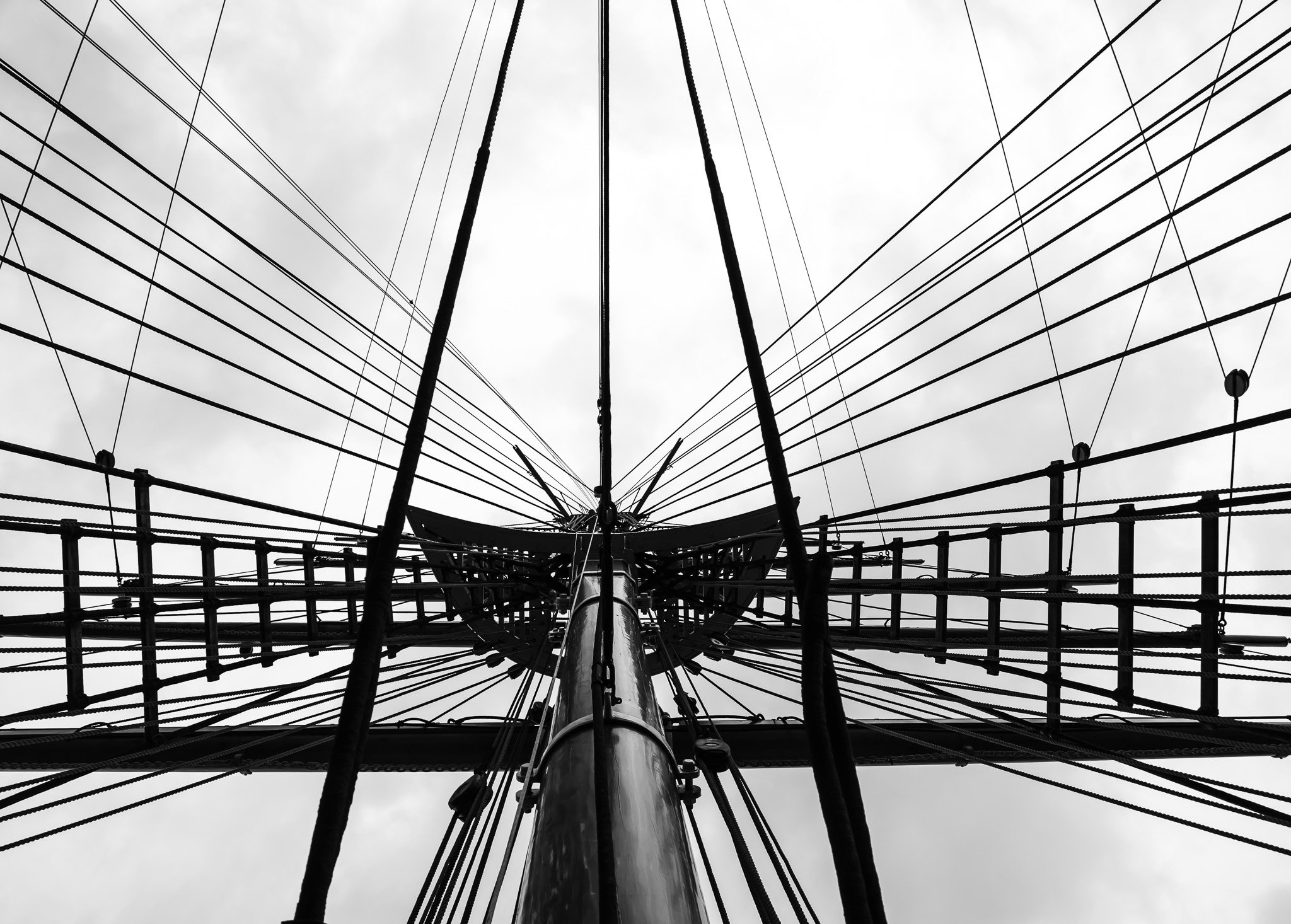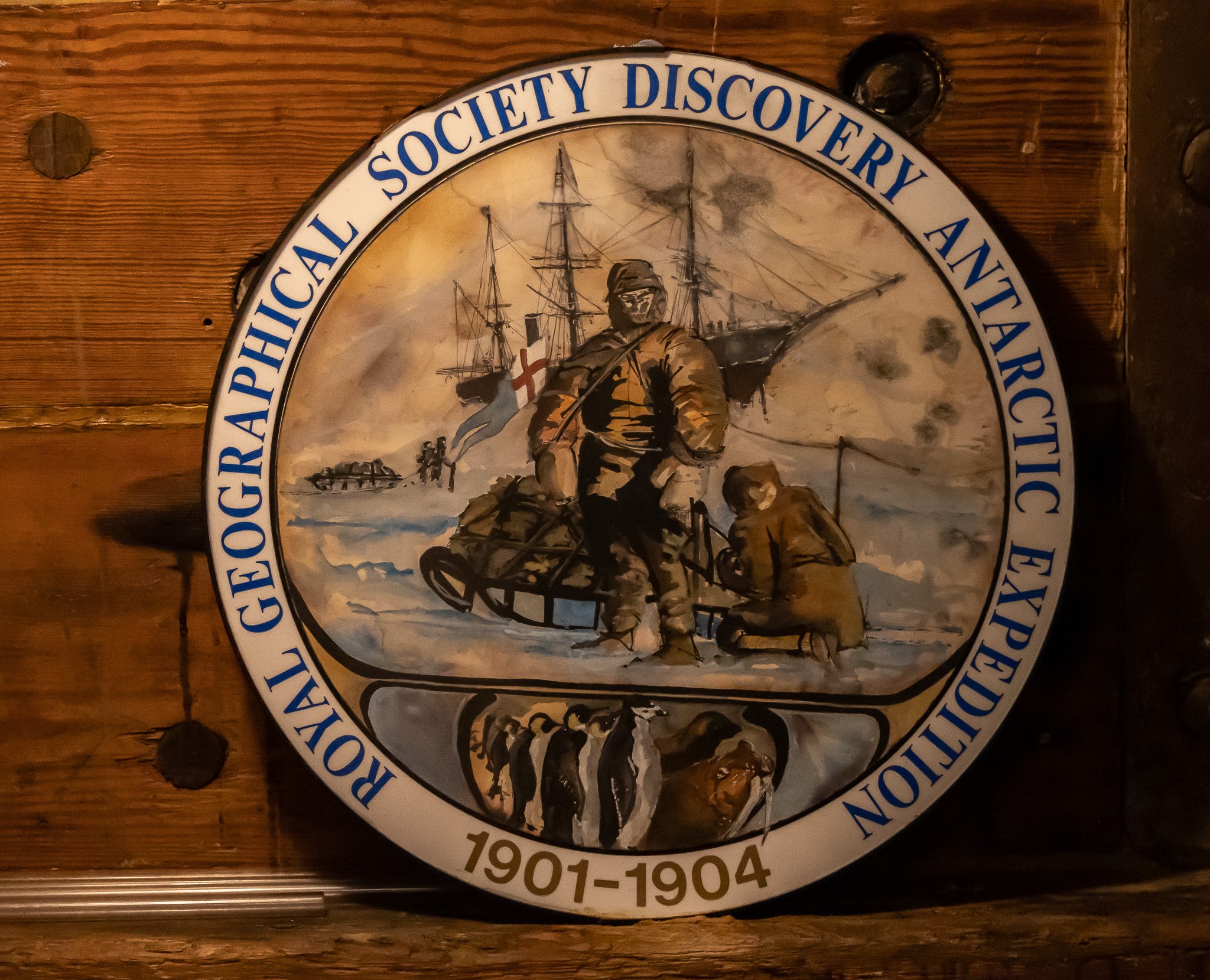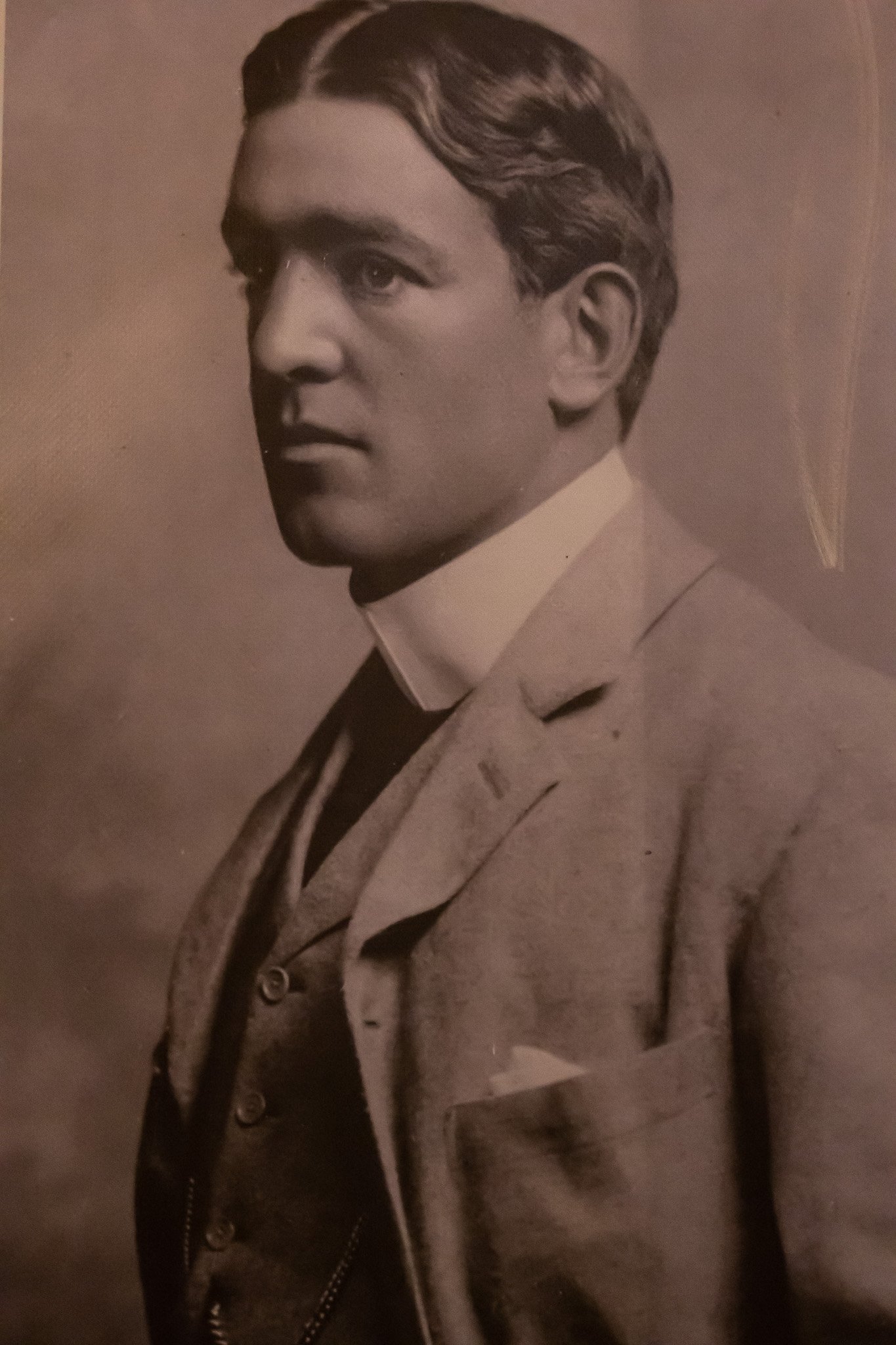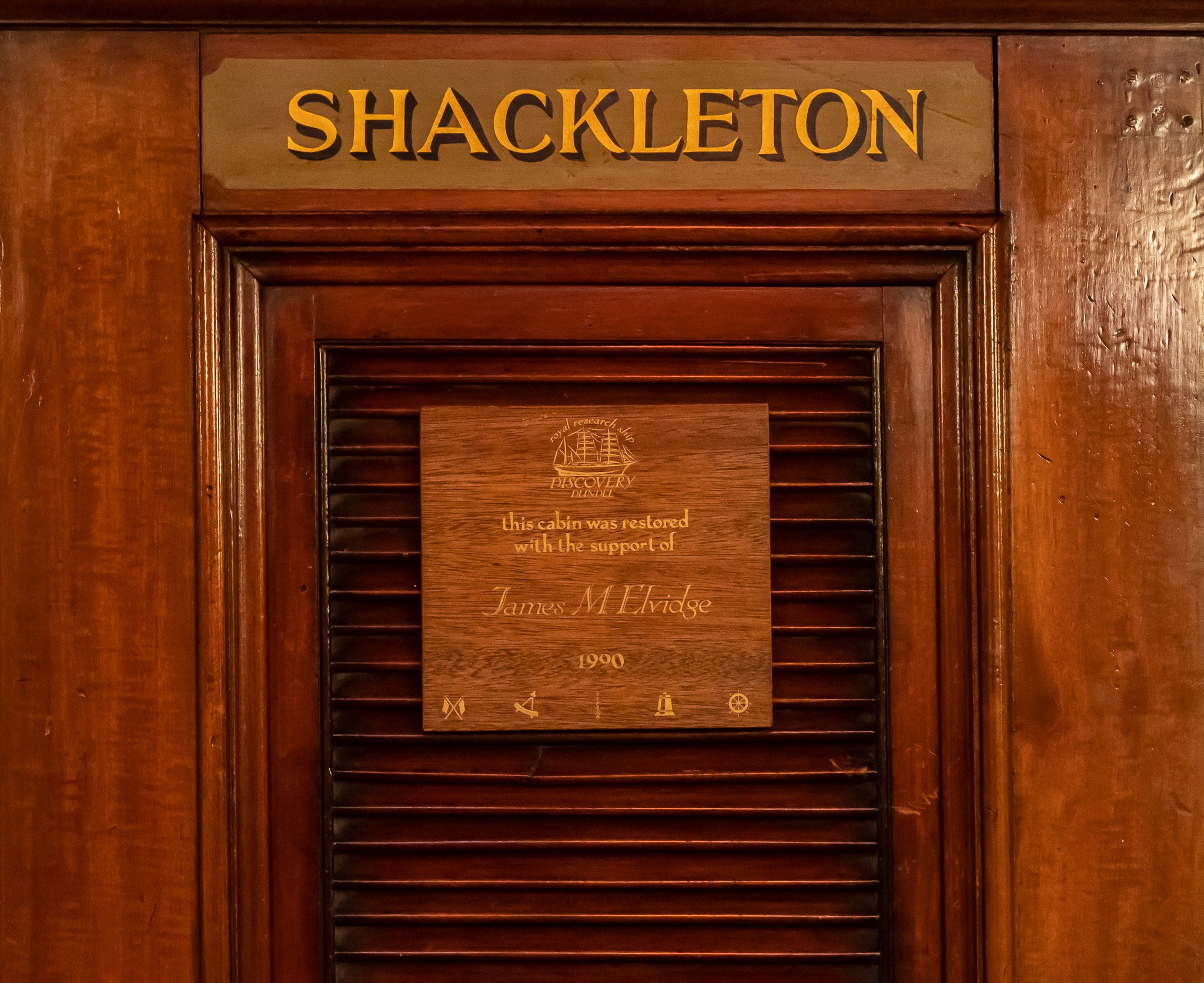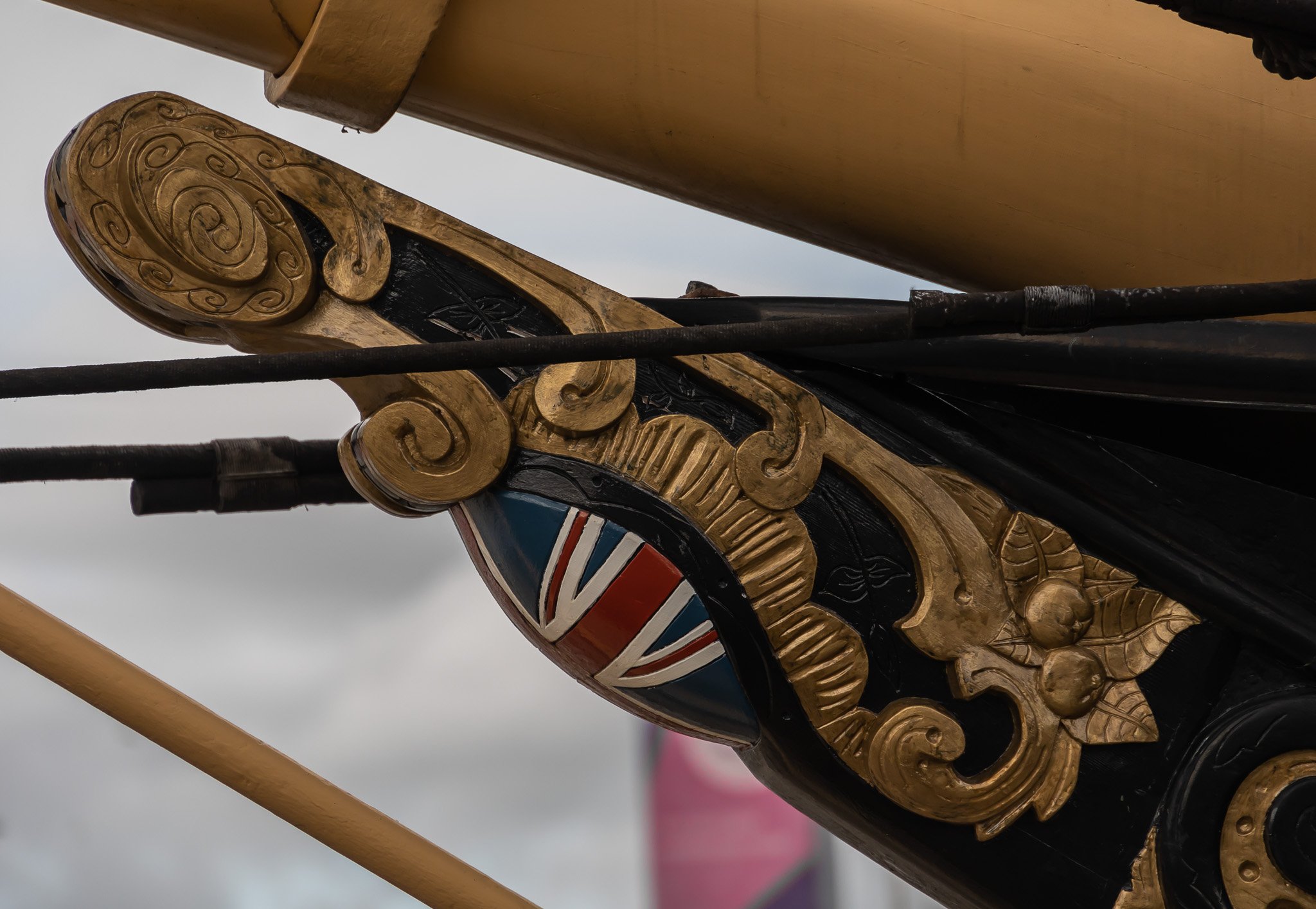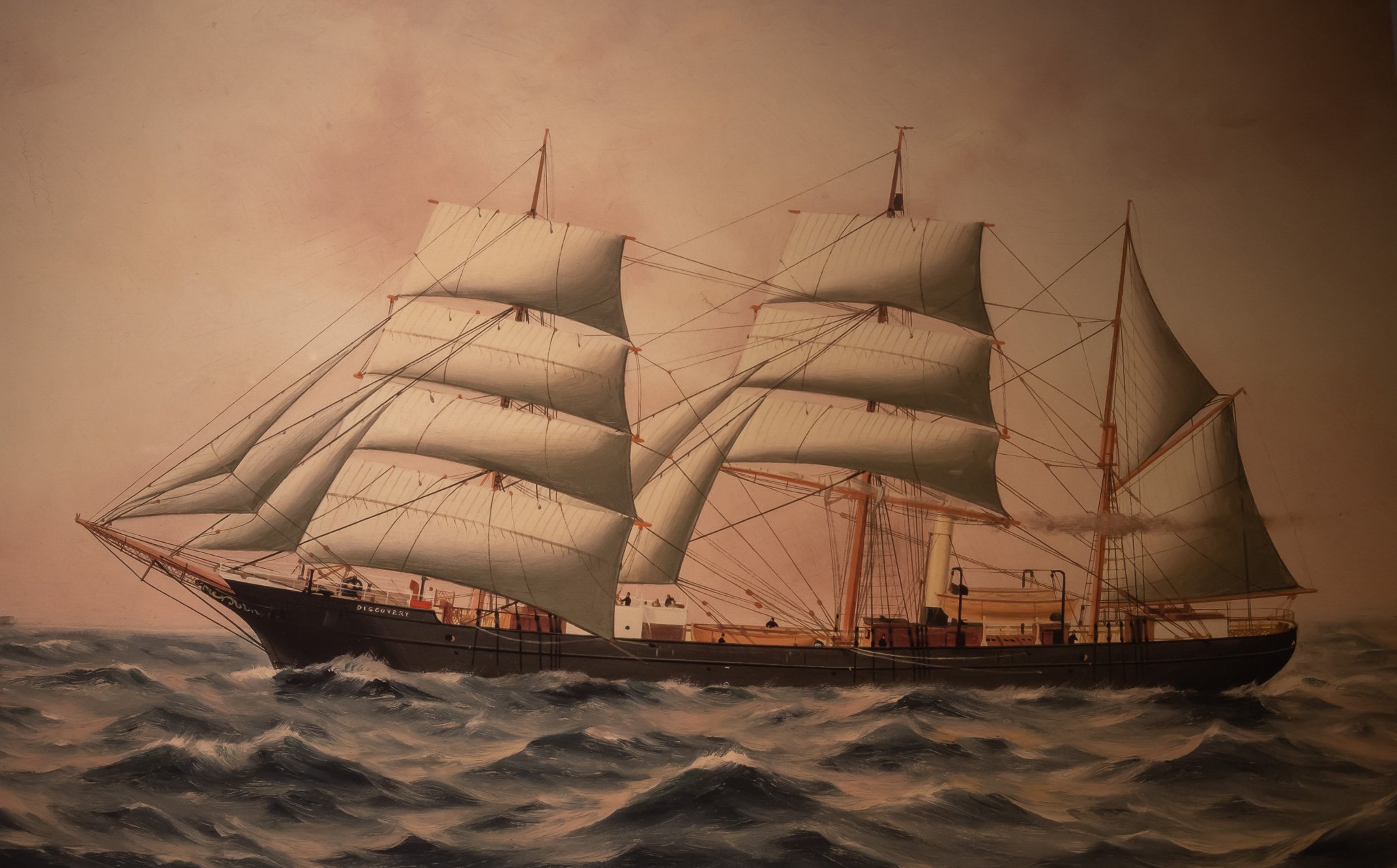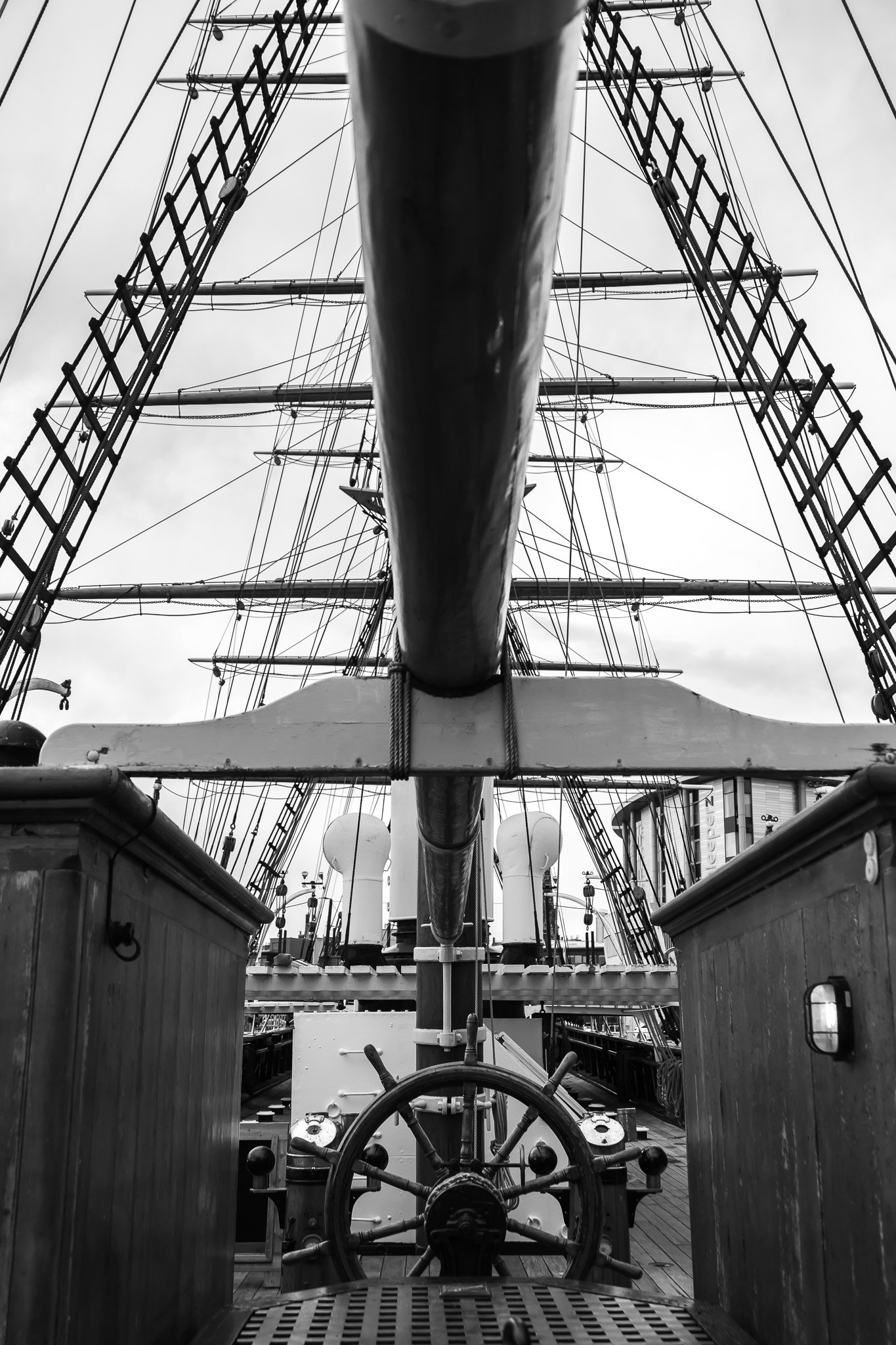Before Karl’s journey, many explorers went before him and were the first to voyage to foreign lands. These explorers were motivated by the prospect of wealth, power, trade opportunities, building empires, or discovering a new area. While Karl was exploring Scotland, there was a race to navigate to the earth's polar regions. Various expeditions were commencing to navigate the Arctic and Antarctic.
Arriving in Dundee on May 15, 1901, Karl wrote: “Arriving at Dundee …there is nothing of much interest in the city, although at the time I went through, a couple of polar ships were being fitted up, and they attracted considerable attention. The ‘America’ is to make a search for the north pole, and the ‘Discovery’ is being sent to find the South Pole.”
These two seemingly random sentences written by Karl and published in a local newspaper are where I find the magic in this journey. My travel is not only to a place in the world, but I’m travelling through time to understand the context of Karl’s observations and their relevance today.
First, as referenced by Karl, there was the S.S. America. This ship was originally named the S.S. Esquimaux, a wooden whaling ship built in Dundee in 1865 and sold in 1900 for the “Baldwin-Ziegler Polar Expedition” and renamed. Baldwin, a meteorologist, led the expedition which Ziegler financed. The plan was to establish a base north of Franz Josef Land and reach the north pole with dog sledges. Sadly, the explorers did not successfully reach the north pole but did capture some of the earliest photographic footage of the Arctic.
Then there was the R.R.S. Discovery.
Two months after Karl saw the ship, it left the shipyard and sailed south to Antarctica. It was known as the Discovery Expedition and was the first official Antarctic exploration by the British affiliated with the Royal Geographical Society. The intent was to conduct research and map the regional geography. Captain Robert Scott led the expedition with crew members, including scientists, merchant and naval seamen, one of the Lieutenants being Ernest Shackleton*.
The Discovery was at sea from 1901 to 1904. The expedition resulted in the discovery of marine animals, coastline mapping, and other magnetic measurements that significantly contributed to the progression of science.
After returning from Antarctica, the Discovery was bought by the Hudson Bay Company and used to move cargo between London, England and Nunavut. Then during World War I, she transported ammunition to Russia and concluded her service with two subsequent expeditions to Antarctica. In 1986 she returned to Dundee and was moored at Discovery point as a tourist destination.
At Discovery Point there is a visitor centre complete with various displays from the Dundee shipyard where R.S.S. Discovery was built. Exhibits also include information about her journey to the south pole and general research gleaned from expeditions to Antarctica. The highlight is, of course, the ship.
R.S.S.Discovery is fully accessible. I could peek inside Captain Scott’s and Shackleton’s cabins and the quarters of the other crew members.
While taking photos, I met Jack, a staff member of Discovery Point and shared with him the newspaper article referencing Karl’s observations in 1901. The newspaper article garnered quite a bit of interest from Jack, and he made a copy for sharing with the other team members.
Karl’s observation of those two ships in Dundee is a proverbial thread I wound around my finger and pulled. It is a moment of serendipity that directly links his experience and the course of history to my experience.
Karl’s motivation to travel around the world was simply: “to have a look around and gain a bit of experience”. His modest aspiration reflects his humble nature and character, but I think he underestimates his achievement's significance. Karl’s adventure of circumnavigating the world on a bicycle was an ambitious expedition –– he was an Explorer. He travelled to places unfamiliar and inaccessible to most people and shared his observations and experiences in letters to Canadian newspapers. He didn’t discover new land, advance the field of science or discover new cultures, but he is my trailblazer. Places and history that became familiar to Karl as he explored the world are slowly becoming familiar to me.
*On a subsequent expedition led by Ernest Shackleton to the Antarctic in 1915 on the S.S. Endurance, the ship got stuck in ice three months after leaving England. In the words of one of the crew, the ship was “frozen like an almond in the middle of a chocolate bar.” The 27-person crew were stranded for two years, but Shackleton’s leadership led them all to safety, even after the Endurance sank. He’s been called the greatest leader of all time and an expert in crisis management. I read “Shackleton’s Way: Leadership Lessons from the Great Antarctic Explorer” in the curriculum of my Master’s degree and have always been fascinated by Shackleton. So to venture on to the Discovery and see his cabins was an unexpected bonus for me.
In case you’ve missed them, click here for more Karl Chronicles
The Karl Journey is now registered as an official expedition with the Royal Geographical Society


